List of WBCHSE Biology Practicals | Biology Practical Syllabus
The HS Biology exams are right around the corner, and so we are publishing the list of WBCHSE biology practical experiments and demonstrations. The west bengal board biology lab syllabus is published along with the classroom curriculum, which is available as PDF files from the official website of WBCHSE .
Today we will present you the list of biology practicals for classes XI and XII in the west bengal board. Any student of that board can use this curriculum to understand how much they need to learn, and what will be expected from them at the practical exams. Some schools choose to skip over some of these experiments and practices; using this list of practicals you can see which you are missing and practice using Labkafe’s Laboratory Tutorials.
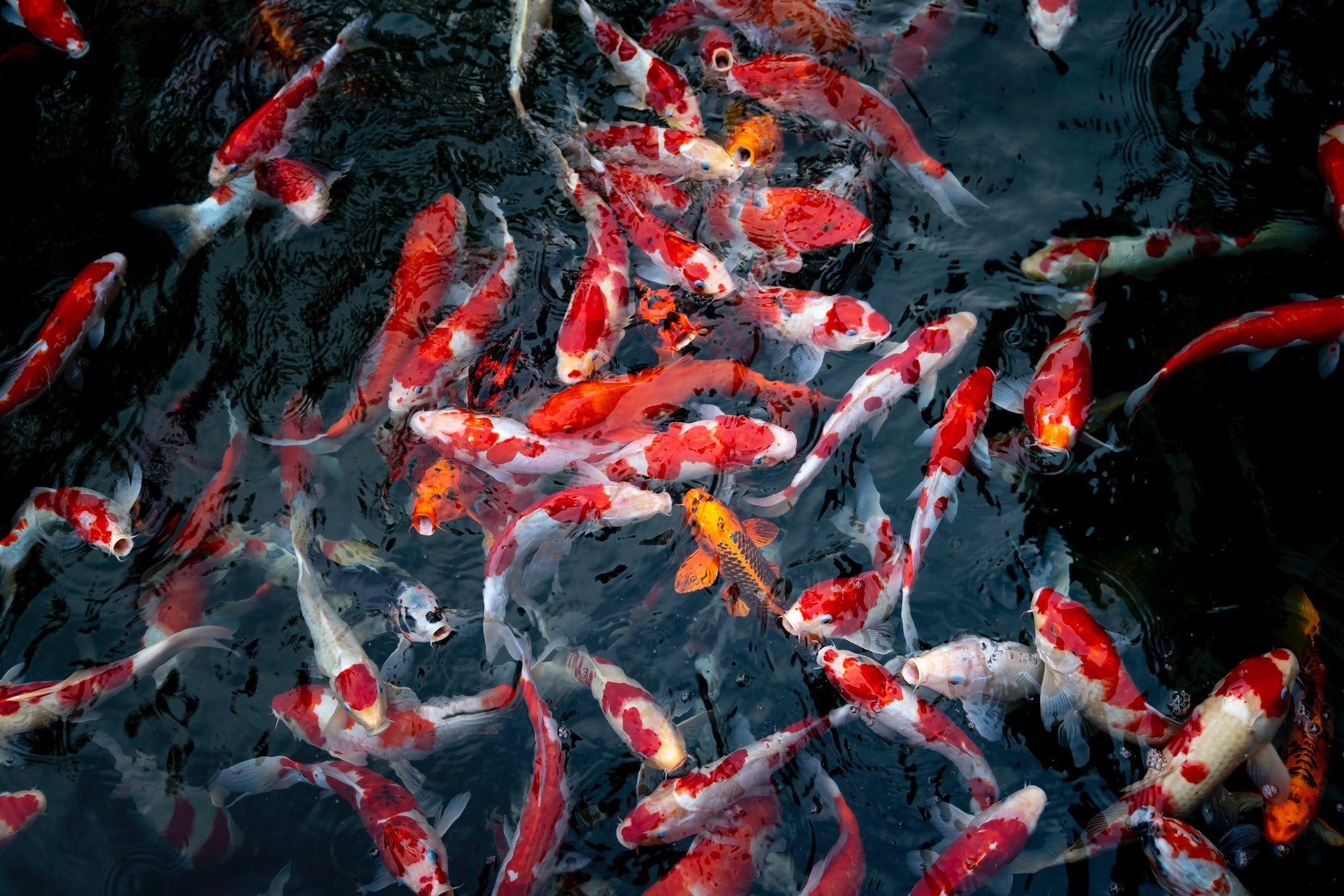
The biology lab curriculum for the Higher Secondary level at west bengal board consists of a total of 34 practicals, 24 in class 11 and 19 in class 12. Among these, each year there should be 60 periods to turn out 30 marks worth of tests ‒ 20 for experiments and spotting, and 5 marks each for project and viva.
Let us go into the list of WBCHSE biology lab practical experiments and exercises.
WBCHSE Biology Practicals for Class XI
The syllabus is divided into two parts ‒ experiments and spotting.
List of Experiments
- Study, dissect and describe each of the following:
- Flowers:
- Solanaceae
- Fabaceae
- Liliaceae
- Roots:
- Tap
- Adventitious
- Stem:
- Herbaceous
- Woody
- Leaf:
- Arrangement
- Shape
- Venation
- Simple
- Compound
- Flowers:
- Prepare and study the transverse section of the following:
- Roots:
- Dicot
- Monocot
- Stems:
- Primary
- Roots:
- Potato osmometer experiment: study of osmosis.
- Studying plasmolysis in epidermal peels like Rhoeo leves.
- Anaerobic respiration experiment
- Phototropism experiment
- Apical bud removal experiment
- Transpiration suction experiment
- Study how stomata are distributed in the upper and lower surfaces of a given leaf.
- Transpiration experiment: study how it occurs in the upper and lower surfaces of a given leaf.
- Macro-nutrients experiment: find out if there is sugar/starch/protein/fat present in a given plant/animal/food sample.
- Paper chromatography experiment: separate plant leaf/flower pigments.
- Respiration experiment: determine the rate of respiration in:
- Flower buds
- Leaf tissue
- Germinating seeds
- Urine analysis: test to see if the following is present in a given sample
- Urea
- Sugar (also can use blood sample)
- Albumin
- Bile salts
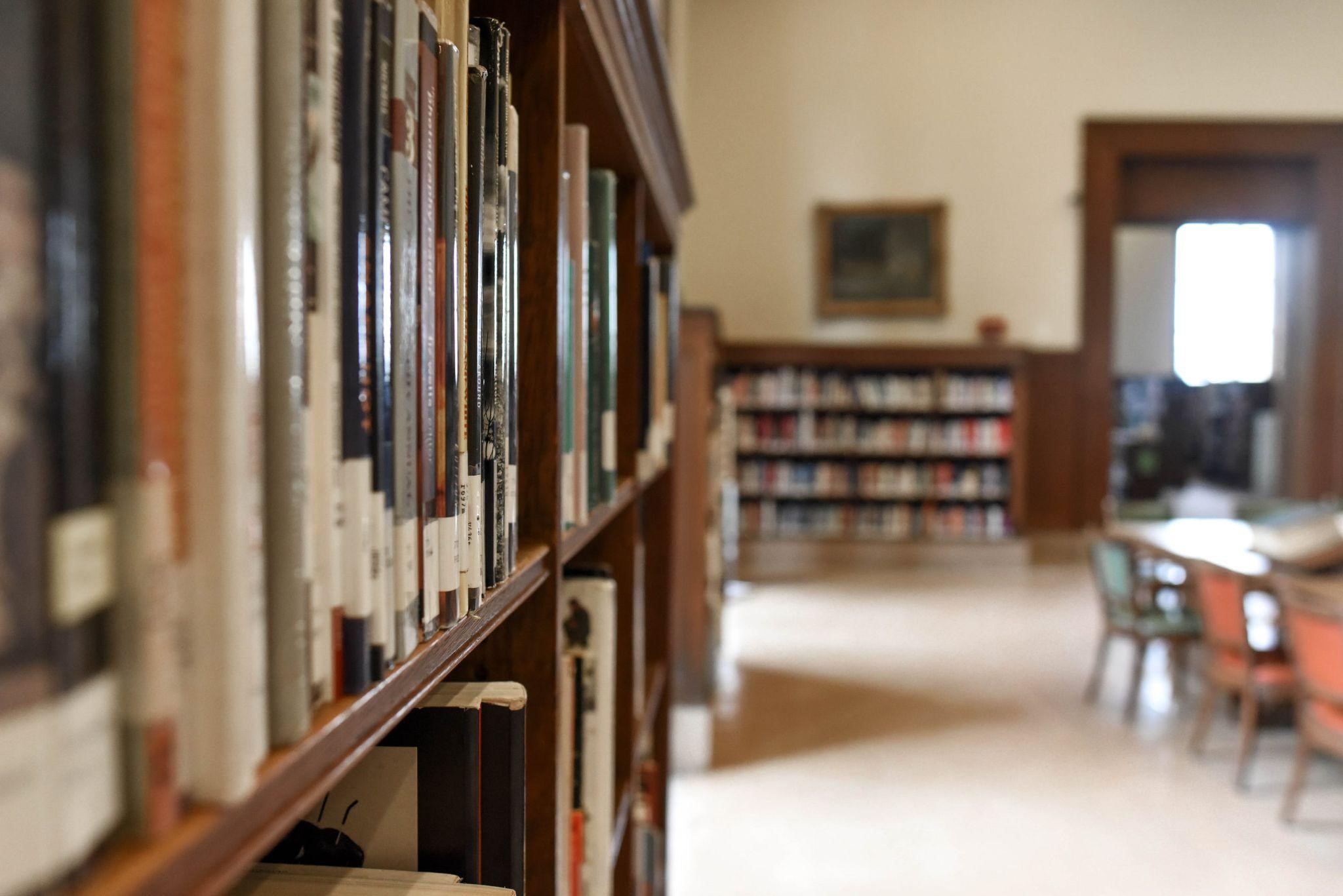
List of Observations (Spotting)
- Study various parts of a compound microscope .
- Identify one organism from Monera, Protista, Fungi & Plantae kingdoms slide/specimens/virtual sample:
- Bacteria
- Oscillatoria
- Spirogyra
- Rhizopus
- Mushroom
- Yeast
- Liverwort
- Moss
- Fern
- Pine
- Monocotyledonous plant
- Dicotyledonous plant
- Lichen
- Identify one organism from the Animalia kingdom using prepared slide/specimens/virtual sample:
- Amoeba
- Hydra
- Liver fluke
- Ascaris
- Leech
- Earthworm
- Prawn
- Silkworm
- Honeybee
- Snail
- Starfish
- Shark
- Rohu
- Frog
- Lizard
- Pigeon
- Rabbit
- Study of plant and animal cells and tissues using prepared/temporary slides
- Palisade cells
- Guard cells
- Parenchyma
- Collenchyma
- Sclerenchyma
- Xylem
- Phloem
- Squamous Epithelium
- Muscle fibers
- Blood smear
- Study mitosis in plant cells and animal cells (grasshopper) with permanent slides.
- Studying different modifications in plant parts with samples:
- Roots:
- Conical
- Fusiform
- Napiform
- Tuberous
- Rhizophora
- Nodulated
- Fasciculated
- Moniliform
- Annulated
- Prop, still, climbing, clinging, buttress
- Epiphytic
- Sucking, floating
- Assimilatory
- Mycorrhizal
- Reproductive
- Stems:
- Rhizome
- Bulb
- Corm
- Tuber
- Runner
- Sucker
- Stolon
- Offset
- Tendrils
- Thorns
- Phylloclades
- Cladodes
- Bulbils
- Thalamus
- Leaves:
- Storage
- Tendrils
- Spines
- Scales
- Hooks
- Roots
- Phyllode
- Insectivorous
- Roots:
- Learn to identify and study various types of inflorescence.
- Studying imbibition in plant tissue with seeds and raisins.
- Studying the human skeleton to understand bone structure and joints.
- Studying the external morphology of earthworm, cockroach and frog in detail.
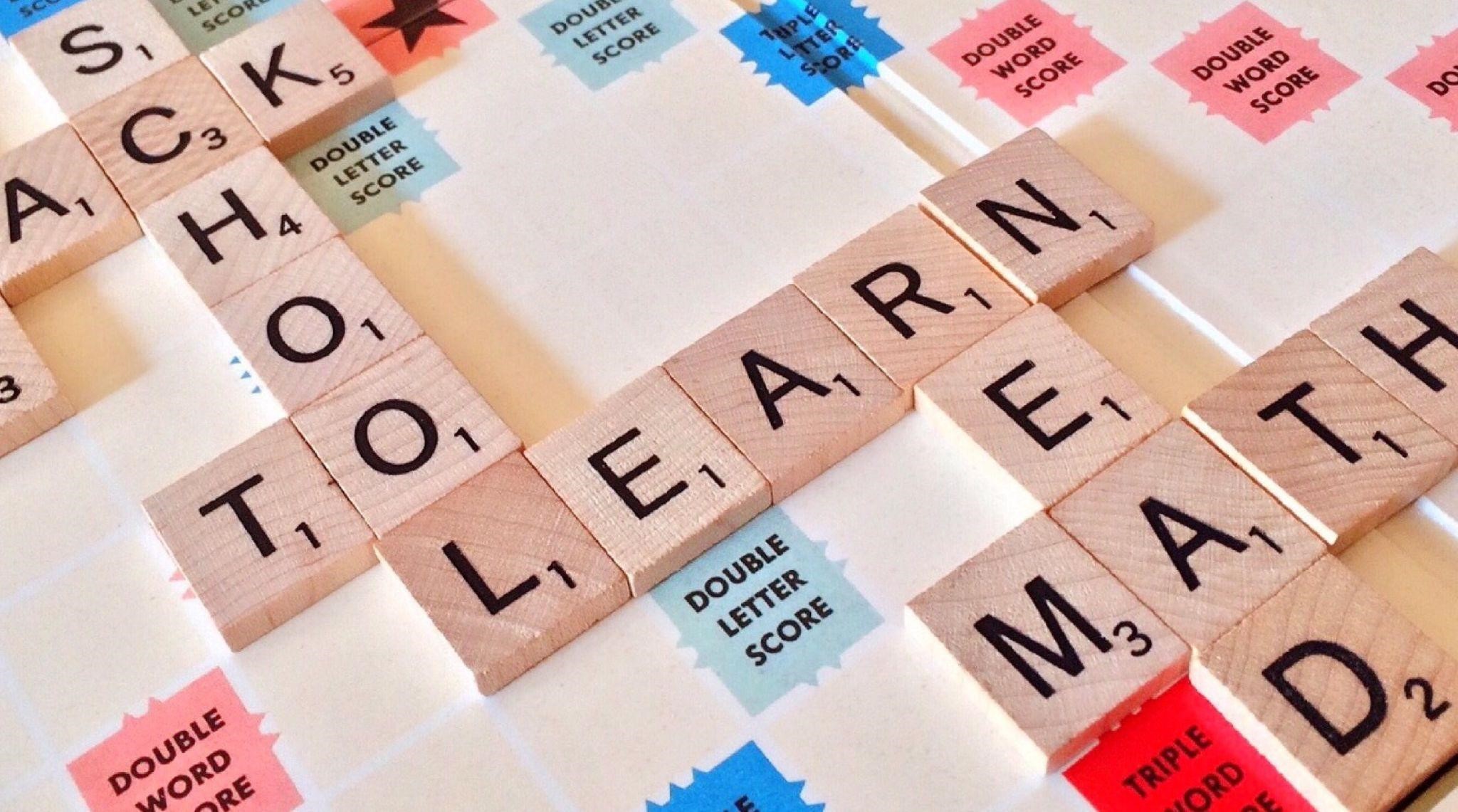
WBCHSE Biology Practicals for Class XII
List of experiments
- Pollen germination study
- Soil study from two different sites, noting the texture, moisture content, pH, and water holding capacity, and plant ecology of the site.
- Water study from two different sites, noting the pH value, clarity and presence of microorganisms; also note the ecology of the sites.
- Air study from two very different sites, noting the suspended particles.
- Quadrat method plant counting: quantity and frequency.
- Mitosis study by onion root tip.
- Reaction of salivary amylase on starch, varying the temperature and pH.
List of observations (Spotting or studying)
- Different methods of pollination and how flowers evolved to adapt.
- Pollen germination on stigma with prepared slides.
- Transverse sections of testes and ovaries in gamete development with prepared slides.
- Meiosis of plant/animal cells using prepared slides.
- Transverse section of blastula in prepared slides.
- Mendelian inheritance using seeds.
- Genetic traits (like tongue rolling, blood group, widow’s peak, color blindness etc.) using prepared charts.
- Controlled pollination exercise using emasculation, tagging and bagging.
- Identify common disease-causing organisms from prepared slides and the symptoms of those diseases:
- Entamoeba
- Plasmodium
- Ringworm
- Various plants and animals found in xerophytic conditions and their morphological adaptations (at least two of each).
- Various plants and animals found in aquatic conditions and their morphological adaptations (at least two of each).
The exams being very close, students can definitely find a lot of information from the above West Bengal board biology practical list for classes 11-12. There is a lot to learn in these biology practicals, and your natural curiosity should drive you to complete the course in full. If some of the observations and experiments are not available at your school, you can turn to Labkafe ‒ we have our own practical program.
All of the above experiments and observations are covered in our WBCHSE Biology Lab Package. In it, we provide you with all the laboratory equipment, glassware, samples and consumables that you will need to complete the above WBCHSE biology practical syllabus. This package is available for all bengal board higher secondary schools in the state, in any pincode. We provide free delivery and installation as well.
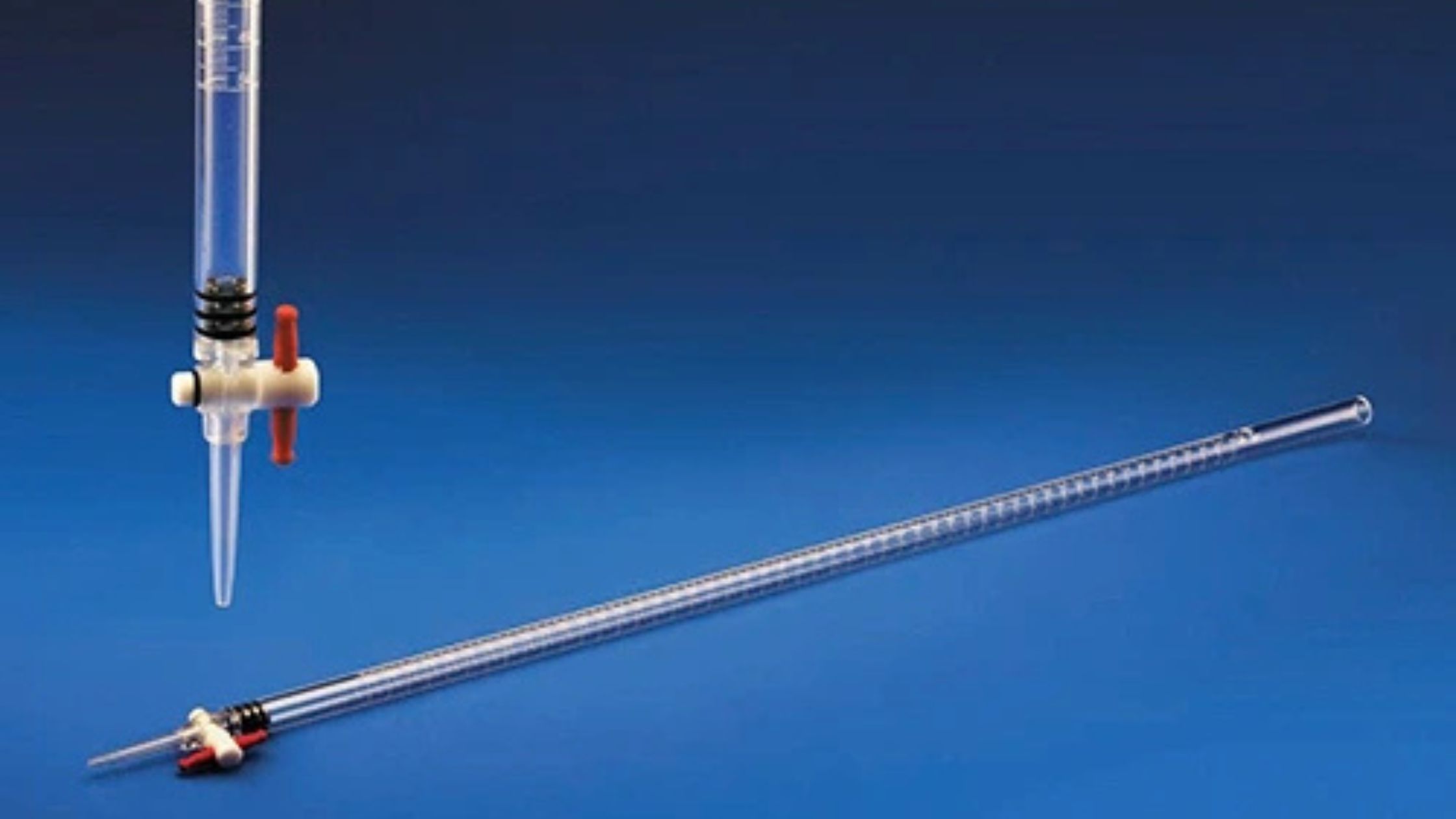
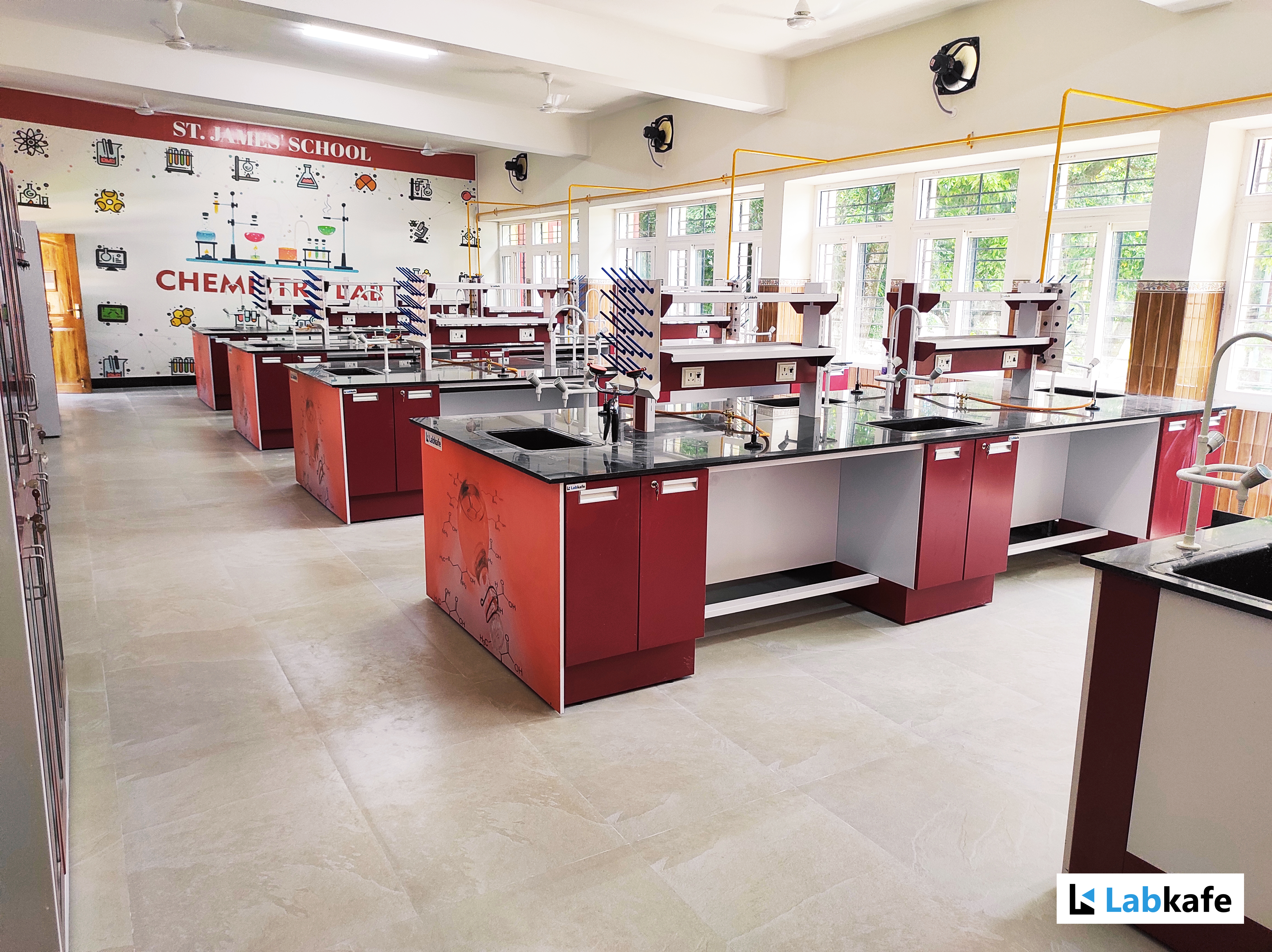

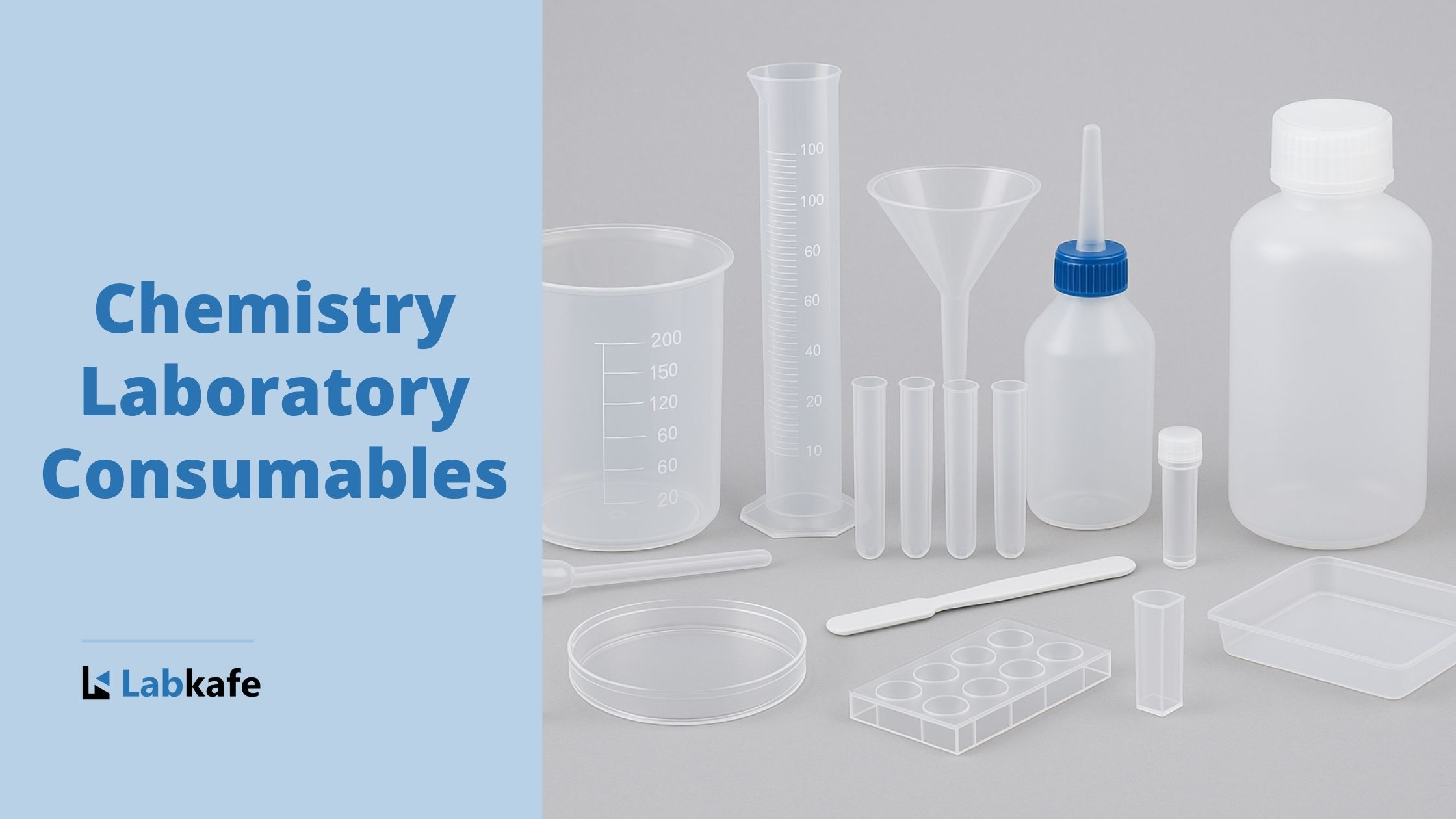
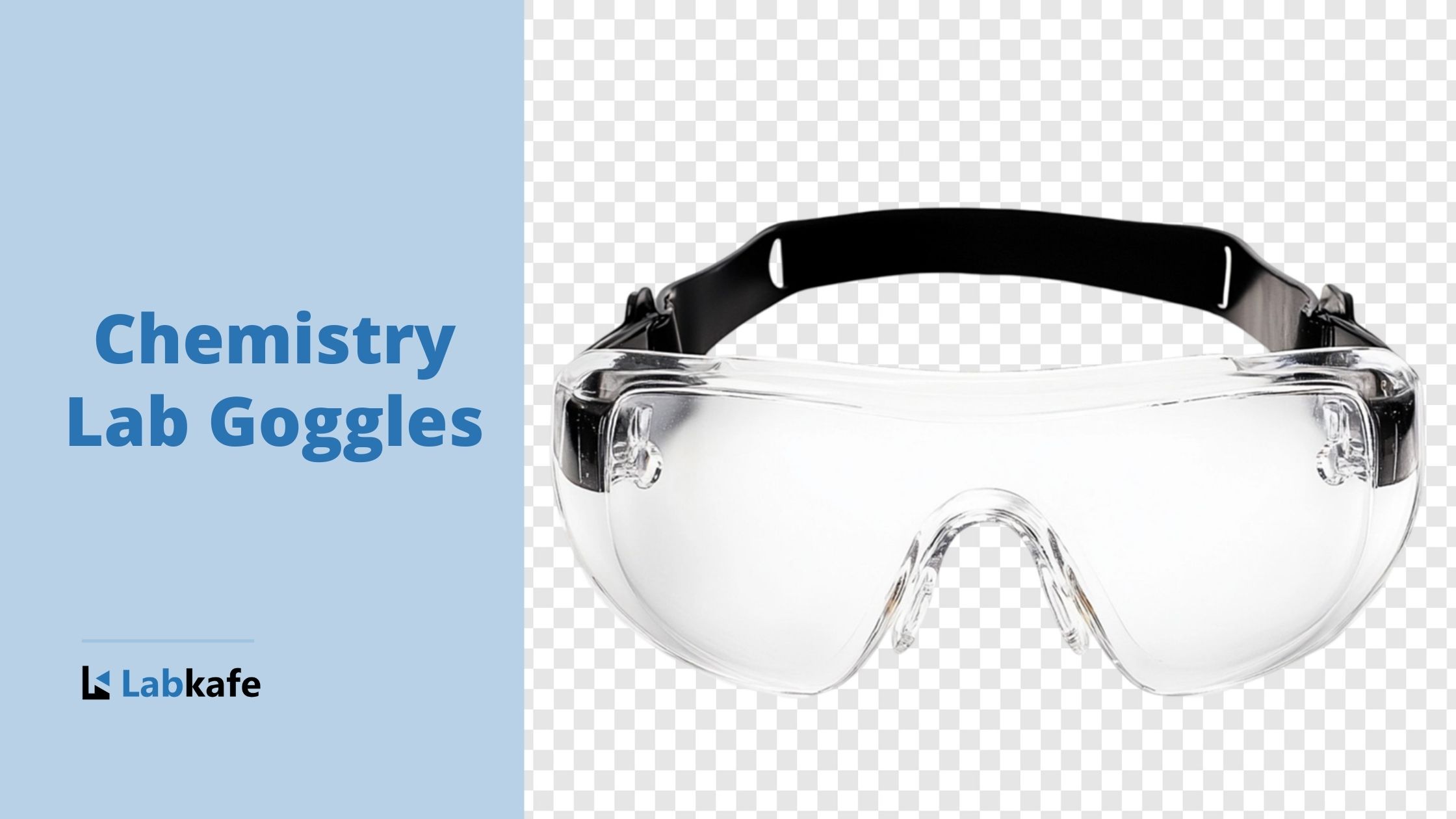







Leave a Reply